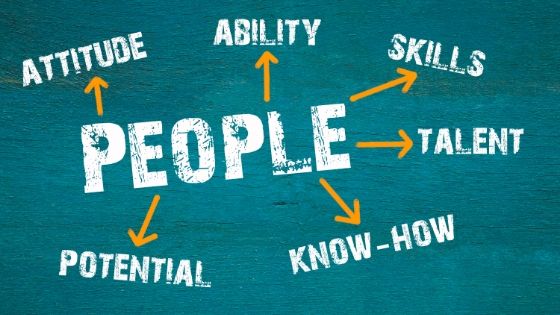The global workforce is on the brink of a powerful sea of change. The baby boom generation, the youngest of whom are around 55, with the oldest already in their 70s, are entering their final years of employment. What will they take with them when they go? In addition to a wealth of institutional knowledge and a variety of so-called “hard skills” predicted to leave a dangerous gap in the world’s collective professional offering, boomers will likely help to usher out the very hiring practices that welcomed them into the workforce so many years ago.
On the business growth speaker circuit, I hear a lot of talk about Millennials—which, as of 2016, is officially the largest representation in the U.S. labor force. I recently wrote a post on how to adapt to working with this generation , and wanted to supplement those ideas with some thoughts on how their unique toolkit and perspective is affecting the way we hire.
New Tools + Old School
It should go without saying that younger generations are more tech-savvy than their predecessors. Yes, universities still have brick-and-mortar career centers and job fairs, and kids still attend. But regardless of which side of the hiring coin you’re on, it’s difficult to argue with the nearly limitless reach of job boards, social media sites and even display advertising.
Thus, as I tell my business growth speaker clients, it’s quite important to leverage the new tools—they really do work, and they can help to scale your recruitment efforts without a lot of extra cost. But that doesn’t mean you should completely abandon the hiring methods that helped you build the business you have today.
Referrals, both from current employees as well as your own personal and professional networks, add a human element that just isn’t possible in the digital hiring universe. And, once I have a solid candidate list from combined sources, I used a 7-step hiring process (loosely based on Topgrading) to encourage the “cream” to rise to the top. Sign up for my quarterly newsletter to gain access to this proven hiring system.
Company as Candidate
Speaking of candidacy, here’s another tidbit I share with my business growth speaker clients: your company is a candidate, too! Despite all the news reports you may have heard about recent college graduates moving back in with their parents to willfully ignore their crippling student debt, today’s prospective employee may come with a list of demands.
A recent survey conducted by the Capital Group revealed that Millennials expect workplace benefits to align with their values—with health insurance, vacation time and 401k matching topping the list and 529 (college savings) plans not far behind. Though these things were a given in previous decades, the virtual workspace had temporarily given employers a little more leeway; today, with unemployment below 4% in both the US and UK, employees are rightly demanding the return of these perks.
And finally, despite initially being stereotyped as flighty and selfish, the “Giving Generation” demands that their company values align with their own. They favor companies following culturally inclusive and environmentally sustainable business practices, and take greater advantage of benefits like volunteer time off and charitable gift matching than previous generations. Competitive companies are considering these things—and yours should, too.
Be Prepared to Invest
Maybe it’s partly because of that student debt, but the incoming workforce is really into investing—and they’re going to expect you to invest in them, too. Known for valuing experiences over material possessions, Millennials are lifelong learners and this has made them the happiest of all surrounding generations at work. That said, one of the things that keeps them happiest is an employer who’s willing to invest in their ongoing growth.
Honestly, though…is there a downside to this? Early reports about this generation’s tendency to job-hop have been replaced with an astounding loyalty. Benefits like on-the-job training and tuition reimbursement (particularly in today’s age of micro-learning, with so many affordable and work-friendly options at our fingertips) enable you to leverage technology to not only keep your employees happy and engaged—but also to take a proactive role in shaping exactly the kind of workforce your enterprise demands.
Don’t Overlook Soft Skills
Business (and life, really) is increasingly dependent upon technology. But while it’s clearly important for your employees to be proficient in any tech tools that are part of their job description, it’s important to remember that technology can usually be taught—while many of the most critical “soft-skill” qualities of a great long-term employee simply cannot.
On the business growth speaker circuit, I often tell the story of Louise, who I met in a shop that sold baby strollers—and who ultimately became one of the best salespeople at my family’s car dealership. Using modern digital hiring methods, I either (a) would never have found Louise, or (b) would likely have overlooked her significant soft skills in a sea of slick online resumes and thorough LinkedIn profiles. This is why it’s so important to blend the old-school with the new tools.
Here’s to Your Business Success!
Richard J. Bryan
Related Topics:
Business Contingency Planning: What, Why + How
4 Ways to Foster Meaningful Growth in Your Employees
The 2 Surprising Things Your Employees Really Want from You


